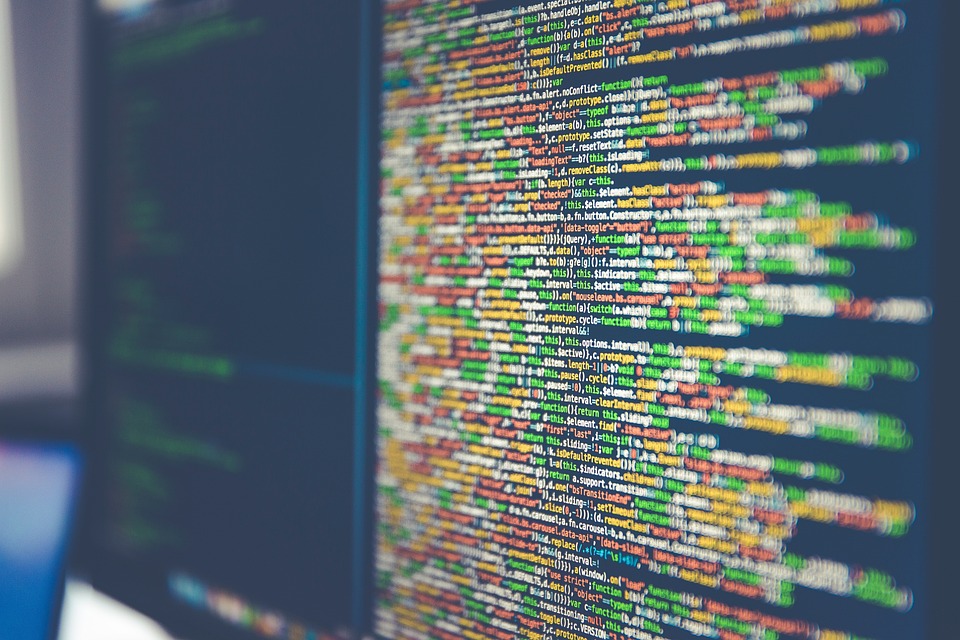Python has emerged as one of the most popular programming languages in recent years, celebrated for its simplicity and versatility. Whether you are a complete beginner eager to dive into the world of programming or someone looking to refine your coding skills, mastering Python can open the doors to countless opportunities in data science, web development, artificial intelligence, automation, and more. This guide is designed to take you step-by-step from novice to ninja, providing you with the resources and techniques necessary to hone your Python skills.
Step 1: Grasp the Basics
1.1 Setting Up Your Environment
Before you can begin coding, you need to install Python. Download it from the official Python website, and follow the instructions for your operating system. For beginners, it’s recommended to use an Integrated Development Environment (IDE) like PyCharm or Jupyter Notebook, which provides user-friendly interfaces to write and test your code.
1.2 Understanding Syntax
Familiarize yourself with Python’s syntax. Start with basic constructs such as:
- Variables: Storing data
- Data types: String, integer, float, list, tuple, dictionary
- Control structures:
if,for,whileloops - Functions: Reusable pieces of code
Practice writing simple scripts, translating your logic into Python code.
1.3 Online Resources
Utilize online resources like:
These platforms offer interactive lessons and exercises that will solidify your understanding.
Step 2: Intermediate Proficiency
2.1 Object-Oriented Programming (OOP)
To become proficient, understand the concepts of OOP in Python. Learn about:
- Classes and objects
- Inheritance and polymorphism
- Encapsulation
Practice by creating multiple classes and using inheritance in small projects, such as a simple game or a reservation system.
2.2 Libraries and Frameworks
Familiarize yourself with Python libraries that extend its capabilities:
- Pandas: For data manipulation
- NumPy: For numerical computations
- Matplotlib: For data visualization
- Flask/Django: For web development
Experiment with these libraries in small projects. For example, analyze a CSV dataset using Pandas and visualize it with Matplotlib.
2.3 Build Mini Projects
Start building small projects that incorporate the concepts you’ve learned. Some ideas include:
- A personal blog using Flask
- A simple game using the Pygame library
- A basic data analysis project with real-world datasets
Projects will reinforce your learning and give you tangible outputs.
Step 3: Advanced Expertise
3.1 Mastering Data Structures and Algorithms
Understanding data structures and algorithms is crucial for writing efficient Python code and excelling in technical interviews. Focus on:
- Common data structures: Lists, stacks, queues, trees, graphs
- Algorithms: Searching, sorting, and recursion
Practice coding problems on platforms like LeetCode or HackerRank.
3.2 Contribute to Open Source
Open-source projects provide an excellent opportunity to collaborate with other developers, learn from real-world code, and improve your coding standards. Platforms like GitHub have numerous projects looking for contributors.
Start by fixing bugs, adding documentation, or enhancing features in an area of interest.
3.3 Explore Machine Learning and Data Science
Python is a leading language in data science and machine learning. Explore frameworks like:
- TensorFlow
- Scikit-Learn
- PyTorch
Follow tutorials and build projects like predictive models or neural networks. Websites like Kaggle offer datasets and competitions to sharpen your abilities.
Step 4: Continuous Learning and the Python Community
4.1 Stay Updated
Python frequently evolves, so staying updated with the latest features and best practices is crucial. Follow:
- Official Python news
- Blogs and newsletters like Real Python or Towards Data Science
- Join forums and communities like Stack Overflow or Reddit’s r/Python
4.2 Attend Meetups and Conferences
Participate in local meetups or conferences like PyCon to network with other Python enthusiasts, share ideas, and learn from industry leaders.
4.3 Never Stop Coding
The journey from novice to ninja never truly ends. Regular coding practice, exploring new areas of Python, and tackling more complex projects will keep your skills sharp and up-to-date.
Conclusion
Becoming a Python ninja requires dedication, practice, and a willingness to embrace new concepts. By following this step-by-step guide, you’ll build a solid foundation in Python and develop the skills necessary to tackle advanced projects and contribute to the thriving Python community. So, gear up, start coding, and enjoy the journey toward mastery!



